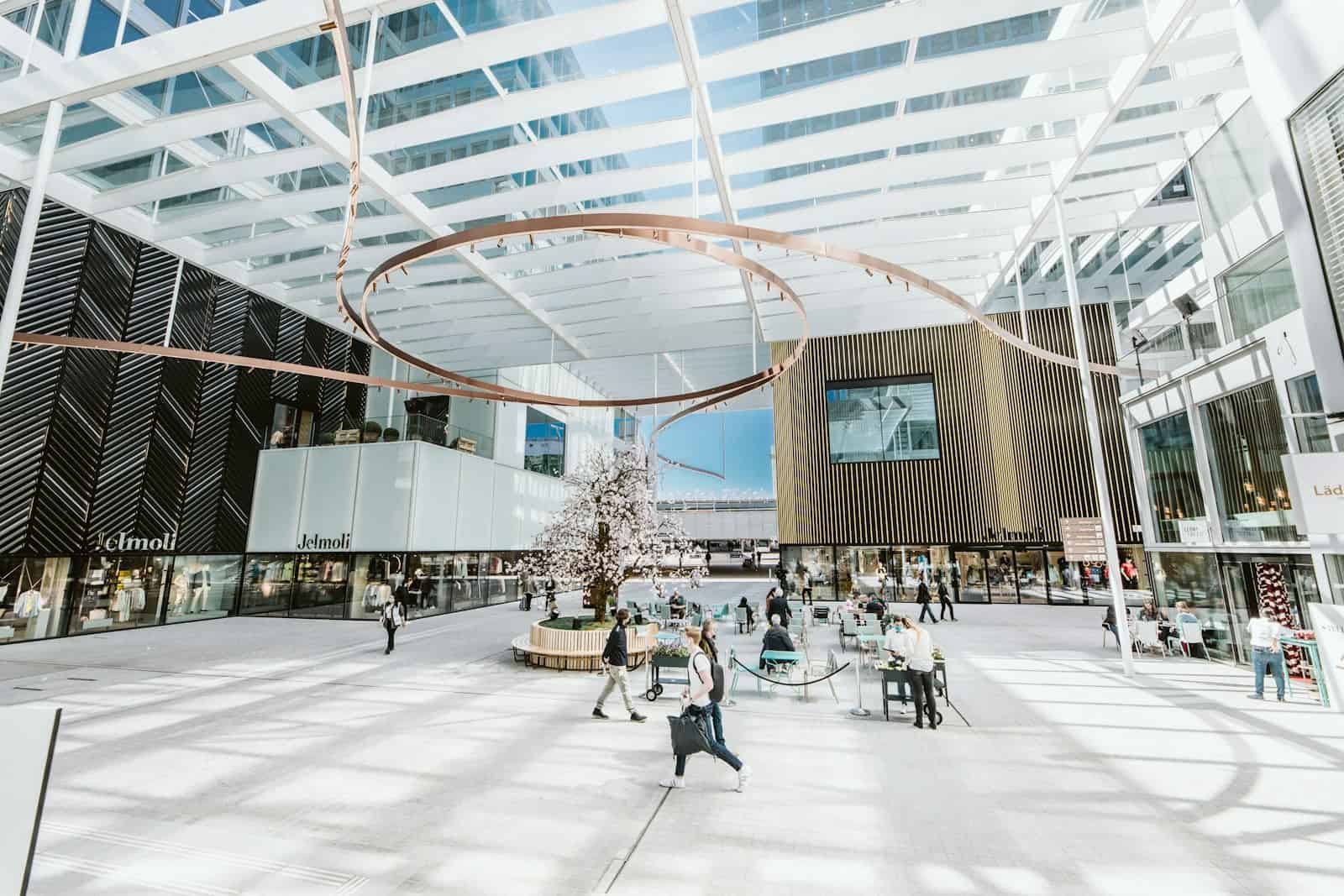
Photo by Kevin Schmid on Unsplash
Is Airport Retail Evolving Into the New Shopping Mall?
Hybrid stores, a blend of retail and food and beverage offerings, are reshaping the landscape of airport retail worldwide. According to Lagardère Travel Retail’s Travel Experience Voices series, 76% of surveyed airports recognize hybrid concepts as a long-term trend, with 24% noting a surge in popularity for their ability to enhance the customer experience.
These dynamic spaces, as described by Dag Rasmussen, Lagardère Travel Retail chairman and CEO, integrate convenience, entertainment, and engagement and redefine the travel experience. “Hybrid concepts stand at the crossroads of innovation, blending digital with physical, global with local, and retail with F&B,” he said.
The survey, conducted between January and March 2024 across 58 airports and 150 brands in 27 countries, highlights the growing significance of hybrid stores in the travel retail sector.
Efficient store layout ranks as the top feature for both airports and brands, followed by a diversified product offering, omnichannel integration, content design, communication elements, and unified services. However, challenges such as space optimization, offer mix, and revenue maximization persist for airports developing retail masterplans.
In response to increasing environmental awareness, airports and brands prioritize the environmental impact of retail offerings, emphasizing collaboration to progress along the decarbonization journey. Data sharing for improved performance is also recognized, although implementation hurdles such as GDPR and compliance regulations remain.
Despite the potential for data-driven insights through generative AI and data partnerships, adoption rates remain moderate, with only 47% of respondents utilizing generative AI and 56% open to data partnerships.
Overall, the global airport retailing market is on a trajectory of growth, set to exceed $90 billion by 2033, from a projected valuation of $29.84 billion in 2023. This surge, projected with a CAGR of 11.7%, underscores a shift toward omnichannel retailing to meet evolving traveler needs.
Recognizing the changes in consumer behavior, airports worldwide are prioritizing food and beverage (F&B) markets and are adapting to increasing demand by embracing omnichannel retailing. Travelers seek immersive experiences rather than mere products.
“This is a really exciting time for airports. Travel is growing again, and travelers, especially younger travelers, have come back looking for new airport experiences,” said Stephen Hay, global strategy director at Airport Dimensions. “They tell us that they want to spend on new experiences like lounges, quality food and beverage and a different sort of retail experience. Airports need to seize this opportunity and ensure they have the tools, relationships and engagement capability in place to drive revenue growth.”
Consequently, airports are expanding F&B spaces, moving away from traditional planning methods.
This evolution translates into a plethora of dining options, ranging from local delicacies to international favorites, all aimed at enriching the passenger journey. Furthermore, you can book your flight but also tailor your shopping experience — selecting items, pre-ordering duty-free goods, and arranging delivery — all seamlessly integrated into your travel plans.
One such example is Smartseller, a collaboration between Gebr. Heinemann and Casualfood, which has adapted its hybrid retail concept for small airports, initially launching at Ljubljana Airport in Slovenia in 2021. The project combines travel retail shopping with food and beverage offerings, with a focus on small and medium-sized airports.
At Ljubljana Airport, the concept, now known as “Little Slovenia,” offers F&B, duty-free shopping, and local souvenirs in the non-Schengen departure lounge. The design reflects Slovenia’s natural beauty with wooden elements and greenery, creating a welcoming space for passengers. Smartseller’s modular concept allows for easy integration into existing airport infrastructure.
Managing director Karl Niendorf highlighted the concept’s appeal in the moments before boarding when passengers are most receptive to retail experiences. “The space at the gate, in particular, often offers scope for an appealing retail concept,” he said. “Before boarding, travelers are relaxed and therefore more open to offers that fit into that moment. The Little concept has been created especially to fill this gap.”
With threats like online retail competition looming, duty-free retailers are also exploring innovative formats like click and collect, concept stores with trendy products, and personalized shopping experiences.
Overall, the evolution of airport retail toward hybrid stores signifies a shift to a more connected, vibrant, and sustainable travel retail industry.
Discussion Questions
What strategies can airports and brands employ to effectively optimize space in the development of hybrid retail stores, considering challenges like diversifying the product mix and maximizing revenue?
How can industry players use data and technology to improve passenger engagement and satisfaction as airport retail evolves and more food and drink options become available?
